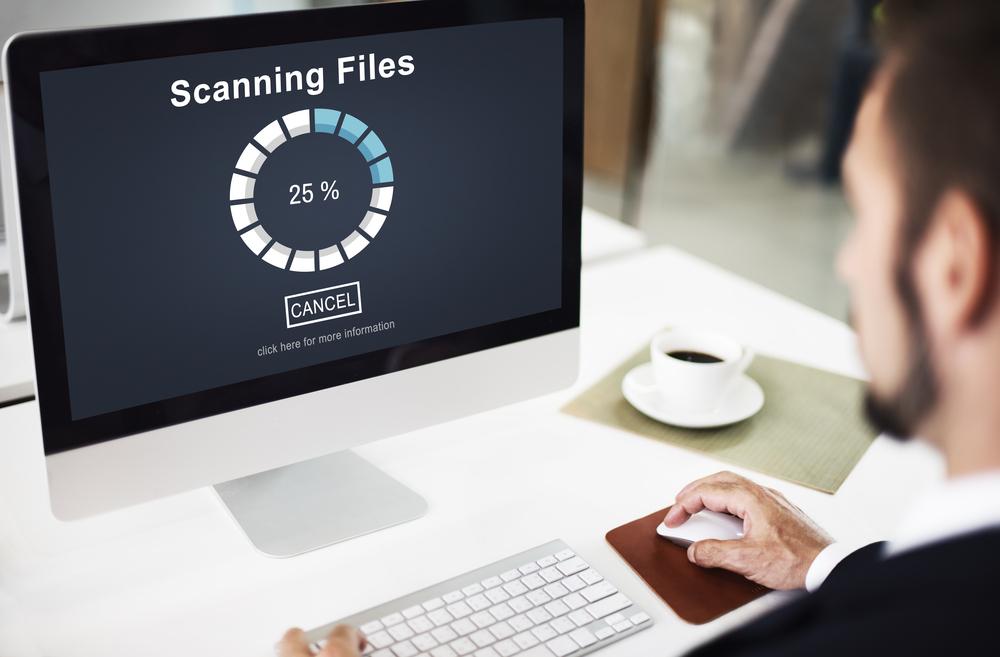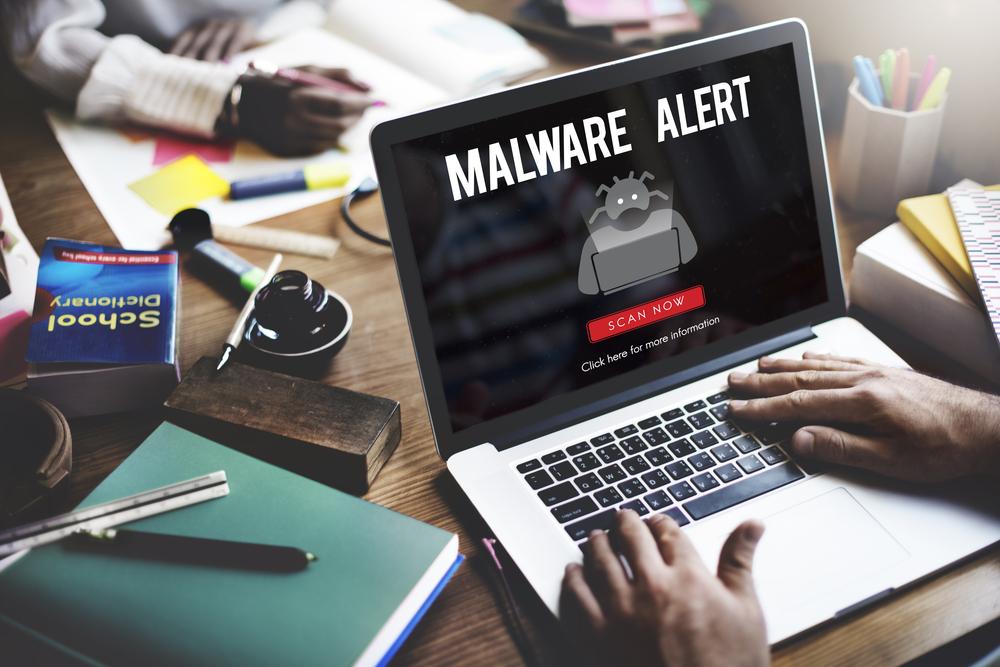Comprehensive Guide to Recognizing and Preventing Common Computer Security Threats
This comprehensive article explores common computer security risks and effective prevention strategies. It covers threats like malware, spyware, hacking, phishing, hardware threats, and cyber attacks, offering practical tips for organizations and individuals to strengthen their cybersecurity defenses. Learn how to stay protected in today's rapidly evolving digital landscape through regular updates, employee training, robust security tools, and physical hardware security measures. Protect your digital assets today with our expert insights on maintaining cybersecurity resilience against sophisticated cyber threats.

Comprehensive Guide to Recognizing and Preventing Common Computer Security Threats
As technological advancements continue to accelerate, so does the complexity and frequency of cyber threats. Cybercriminals are deploying increasingly sophisticated tactics to compromise digital systems, steal sensitive information, and disrupt operational integrity. Understanding the nature of these threats is crucial for individuals and organizations aiming to safeguard their digital assets effectively. This detailed guide explores the most common computer security risks, their potential impacts, and practical strategies to prevent or mitigate these threats, ensuring robust cybersecurity resilience in an ever-evolving digital landscape.
Among the myriad of threats, malware stands out as the most pervasive and damaging. Malware encompasses a range of malicious software designed to infiltrate, damage, or hijack computer systems without user approval. Regularly updating antivirus and anti-malware software is essential to defend against new and emerging threats. Prioritizing cybersecurity best practices can significantly reduce vulnerability levels and improve overall safety.
Spyware: Spyware refers to invasive malicious software that covertly monitors a user’s online activity, capturing sensitive information such as login credentials, browsing habits, and personal data. Often, spyware also installs additional unwanted programs or adware, which can further compromise system security. Users should exercise caution by thoroughly reading terms and conditions before downloading applications, and always enable real-time internet security features to detect and block spyware attacks promptly.
Hackers and Cybercriminals: These malicious actors actively seek to breach computer networks and systems to access confidential data, including personal identities, financial records, and corporate secrets. They may employ techniques like brute-force attacks, exploiting system vulnerabilities, or social engineering manipulations. Implementing comprehensive security solutions such as intrusion detection systems, firewalls, and multi-factor authentication can effectively thwart such criminal efforts and prevent identity theft and financial loss.
Phishing: Phishing remains one of the most common and deceptive cyber threats. It involves sending fraudulent emails, messages, or pop-up alerts that appear legitimate but are designed to trick recipients into revealing sensitive information like passwords, credit card numbers, or social security numbers. Recognizing phishing attempts requires vigilance: look out for suspicious sender addresses, generic greetings, urgent language, or unexpected attachments. Employing advanced email filtering solutions and educating users about these tactics dramatically increases resistance against phishing attacks.
Hardware Threats: Physical security lapses can also lead to substantial data breaches or device damage. Hardware threats include theft, tampering, or damage of physical components which, even offline, can result in sensitive data exposure. To safeguard hardware, organizations should use physical locks, surveillance cameras, and secure access controls. Proper disposal of obsolete hardware, such as using data wiping and hardware destruction protocols, is essential to prevent data recovery by unauthorized parties.
Cyber Attacks: These broad-spectrum threats encompass attacks like Distributed Denial of Service (DDoS), malware infiltration, SQL injection, and ransomware, targeting networks, applications, or entire systems. Such attacks can lead to service outages, data corruption, or financial loss. Understanding how these attacks operate enables IT teams to establish layered defenses, including network monitoring, regular vulnerability assessments, and patch management to close exploitable gaps.
To build resilient defenses against these diverse threats, organizations should adopt a comprehensive cybersecurity strategy. Regularly updating all systems and security software ensures protection against known vulnerabilities. Employee training on security best practices helps create a security-conscious culture, minimizing the risks posed by human error. Firewalls, strong password policies, multi-factor authentication, and encryption are critical components of a defensive framework. Consistent data backups stored securely off-site enable quick recovery in case of an incident. Conducting routine security audits and implementing continuous monitoring systems further enhance threat detection capabilities. Securing physical access to hardware with locks and surveillance, alongside comprehensive incident response plans, ensures readiness against both digital and physical threats. Maintaining a vigilant stance and embracing a proactive approach are essential for safeguarding digital assets in today's hostile cyber environment.





